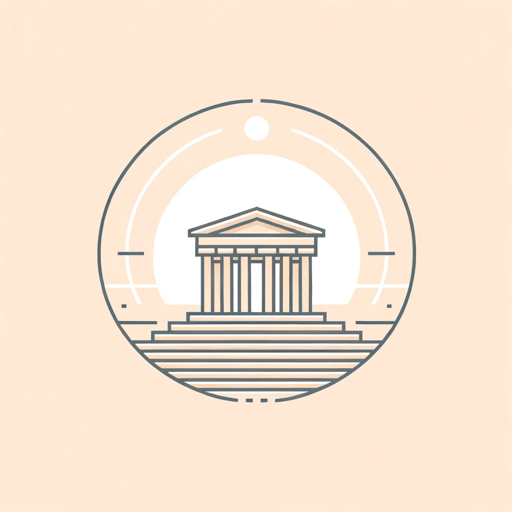51 pages • 1 hour read
Mircea Eliade, Transl. Willard R. TraskThe Sacred and the Profane: The Nature of Religion
Nonfiction | Book | Adult | Published in 1956A modern alternative to SparkNotes and CliffsNotes, SuperSummary offers high-quality Study Guides with detailed chapter summaries and analysis of major themes, characters, and more.
Index of Terms
Anthropo-cosmic homology
An analogy between the structures of the human body and cosmic or natural forces, such as “the belly or womb with the cave, of the intestines to a labyrinth, of breathing to weaving [. . .] and so on” (169). Since all of existence is ordered by a creative force, all functions of the body have a deeper resonance with processes that play out on the cosmic level.
Axis Mundi
Lit. “Axis of the Earth.” The term denotes a singular structure upon which all the cosmos is yoked, often symbolized by sacred poles, pillars, trees or mountains at the center of the earth. Yggdrasil, the world tree of Norse mythology, is an example of an axis mundi.
Cosmogony
Lit. “Birth of the Cosmos.” Cosmogony refers to any individual myth of the world’s creation, such as the one recorded in the Book of Genesis. Eliade argues that rituals of land formation “always” (32) recapitulate the relevant culture’s cosmogony.
Related Titles
By these authors


